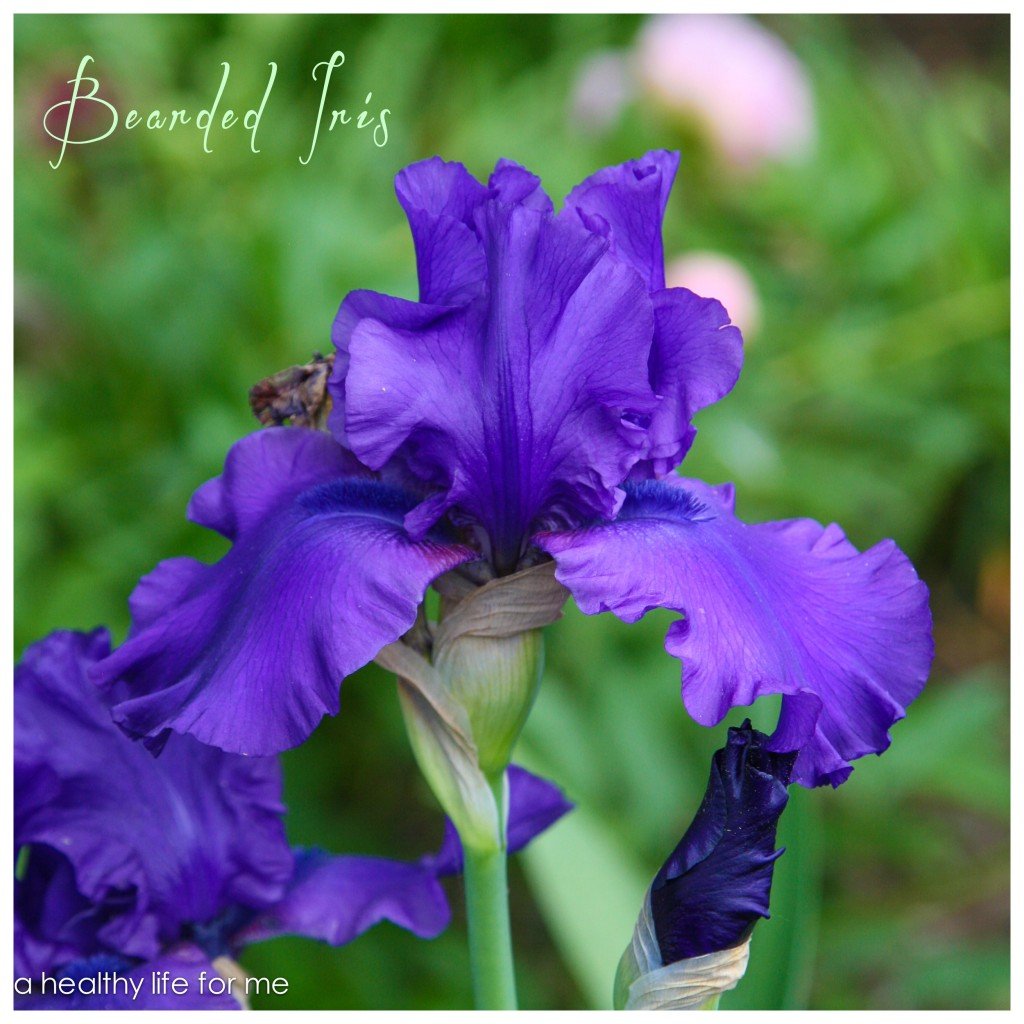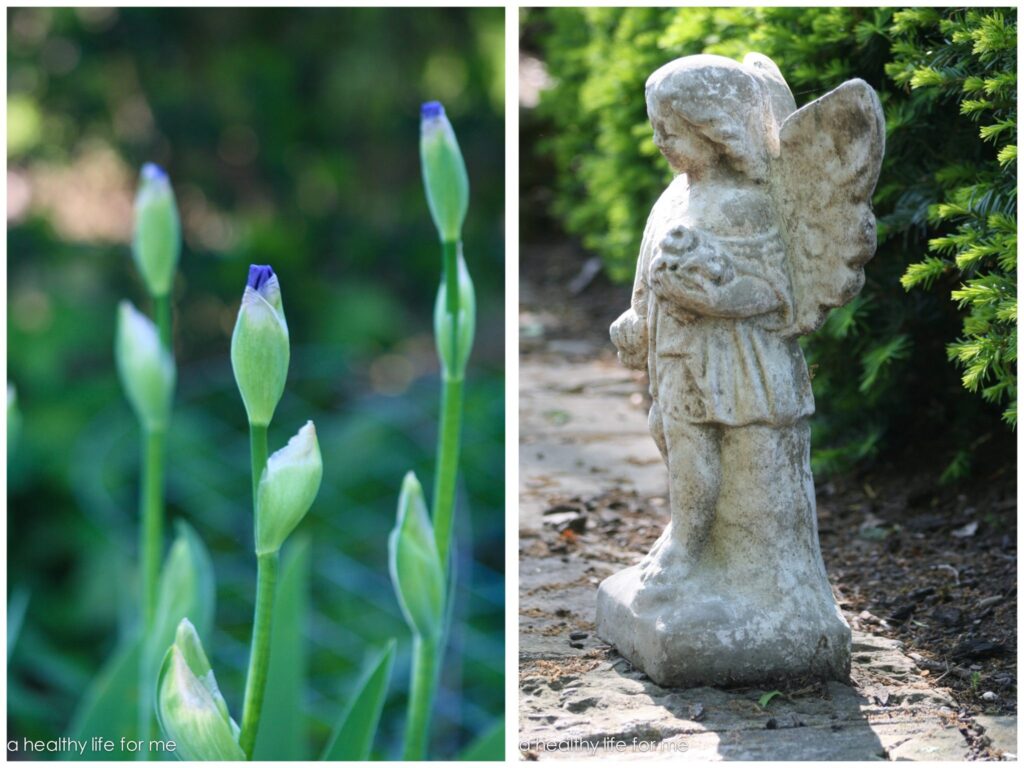I had a few rhizomes (root of Iris) that I planted over the weekend, planting this late in the season is risky. Ideally the best time to plant Iris in zone 6 is in September-October.
Though the window here has closed on planting Bearded Iris you may still be able to do so where you live. If you can plant I highly recommend you doing so. Why? Because the Bearded Iris is one of my favorite spring bloomers, few flowers in the garden are more elegant and hardy.
Iris are hardy perennials that are extremely easy to grow and care for in the right environment.
Pick a spot to plant your Iris where it will receive at least 6-8 hours of direct sunlight with some afternoon shade in hotter climates. They like loose well-drained soil and most do not tolerate standing in wet soil. Though a few varieties prefer to have wet ground (list below). Another huge bonus for those of us who fight the good fight against our gardens furry friends is that they are not favored by deer, squirrels or rabbits.
Irises are one of the earliest blooming and easiest perennial flowers to grow.
They get the name Bearded because of the fuzzy hairs growing from the upper bases of their petals. Looking like beards, leading to the common name of bearded Iris.
Planting:
The roots of the Iris grow from the bottom of the rhizomes.
When Planting Dig a hole about 3” deep, build a mound of soil about 2” high in the center of the hole and center the rhizome on the mound.
Gently spread out the roots on either side and press the rhizome down to ensure that it makes firm contact with the soil.
You want to plant your rhizomes at or just barely below the surface of the ground. You want the tops of the rhizomes just visible.
Push the loose soil around the roots, it is always better to have the rhizome too high rather than too deep.
You should also plan to give your Iris plenty of room to grow. It is recommended that these plants have at least 12 to 24 inches of breathing room.
6 Bearded Iris Categories: in order of bloom time:
- Dwarf: Grow 6”-8” tall (great for rock gardens)
- Bearded: Grows 8-40” tall
- Siberian: Grows 24-48” tall (like cool, wet conditions and can tolerate some shade)
- Louisiana: Grows 24-48” tall (like wet spots, offered in a true red color bloom)
- Japanese: Grows 24-36” tall (like wet, mucky soil)
- Dutch: Grows 24-48” tall (grows as bulb, plant full sun or full shade, not as hardy)
Do you love Iris too? Share your favorites and any tips you have with growing these beauties. I would love to hear from you.













Did you get your irises? I had quite a show this year.
Hi Lori,
Yes my Irises made a great showing this year, even though we had such a long and harsh winter. They are always a showstopper in spring. Thanks for by. xo Amy
Beautiful!! Pauline
Thanks Pauline, I am anxiously awaiting their blooms this year. They are almost here. Amy
Oh. My. Goodness. Those irises are so lovely. It’s impossible to pick a favourite. I look foward to them every spring, adding colour when there is none.